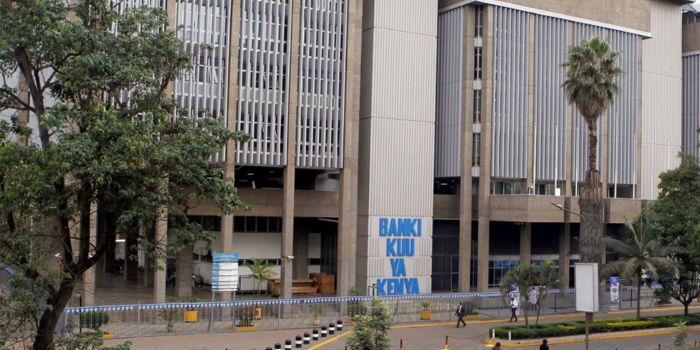The Central Bank of Kenya (CBK) has announced plans to move away from the current Risk-Based Credit Pricing Model (RBCPM), which has been in place for the last five years.
This shift aims to create a fairer and more transparent loan pricing system for Kenyans.
In an official statement released on Wednesday, April 23, the CBK stated that it was time to re-evaluate the existing model to determine if it still fits the needs of Kenya’s changing banking environment.
The RBCPM was first introduced in 2019 through a partnership between CBK and the banking sector. It was designed to tackle key issues such as high lending rates and unfair loan pricing methods.
Since its introduction, the RBCPM has been a crucial part of how banks operate, providing a framework to help them assess the risk of borrowers and set appropriate interest rates for loans.
Instead of having one fixed interest rate for all, the model allowed banks to consider each customer’s ability to repay before deciding how much interest to charge.
However, the CBK is now proposing a new approach. The central feature of this proposal is the use of the Central Bank Rate (CBR) as the standard reference point for determining lending rates.
Banks will then add a specific margin, referred to as “K”, on top of the CBR to arrive at the final interest rate for a loan.
To promote openness and trust, the CBK emphasized that it will make the details of each bank’s “K” value available to the public.
This information will be published on the CBK’s official website, the Total Cost of Credit (TCC) portal, and in at least two newspapers with national reach.
“The CBK will ensure that the breakdown of each bank’s loan pricing margin (‘K’) is easily accessible to all Kenyans,” the monetary authority confirmed.
The main goal of these changes is to enhance fairness and transparency in how loans are priced. Over the years, it has become clear that the RBCPM, while useful, has faced several challenges.
One major concern is that many banks did not fully embrace or implement the model. Some banks also used methods that led to extremely high interest rates, making loans expensive for many borrowers.
Another issue raised was the introduction of hidden charges by some banks that were not part of the RBCPM framework.
This lack of transparency made it hard for customers to understand the real cost of borrowing. Additionally, banks often based their loan pricing on the average cost of deposits from the past six to twelve months.
This method created delays in adjusting loan rates when the CBR went down, meaning customers did not benefit from lower central bank rates in real-time.
In response to these issues, the CBK has released a consultative paper outlining the proposed reforms.
The paper invites feedback from members of the public, financial institutions, and other stakeholders to help shape the final policy.
Through these reforms, CBK hopes to build a more efficient, transparent, and customer-friendly lending system that reflects changes in the economy more quickly and fairly benefits all Kenyans seeking credit.
Join Our Political Forum official 2025 WhatsApp Channel To Stay Updated On time https://whatsapp.com/channel/0029VaWT5gSGufImU8R0DO30


